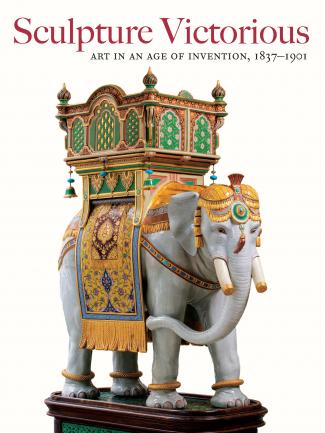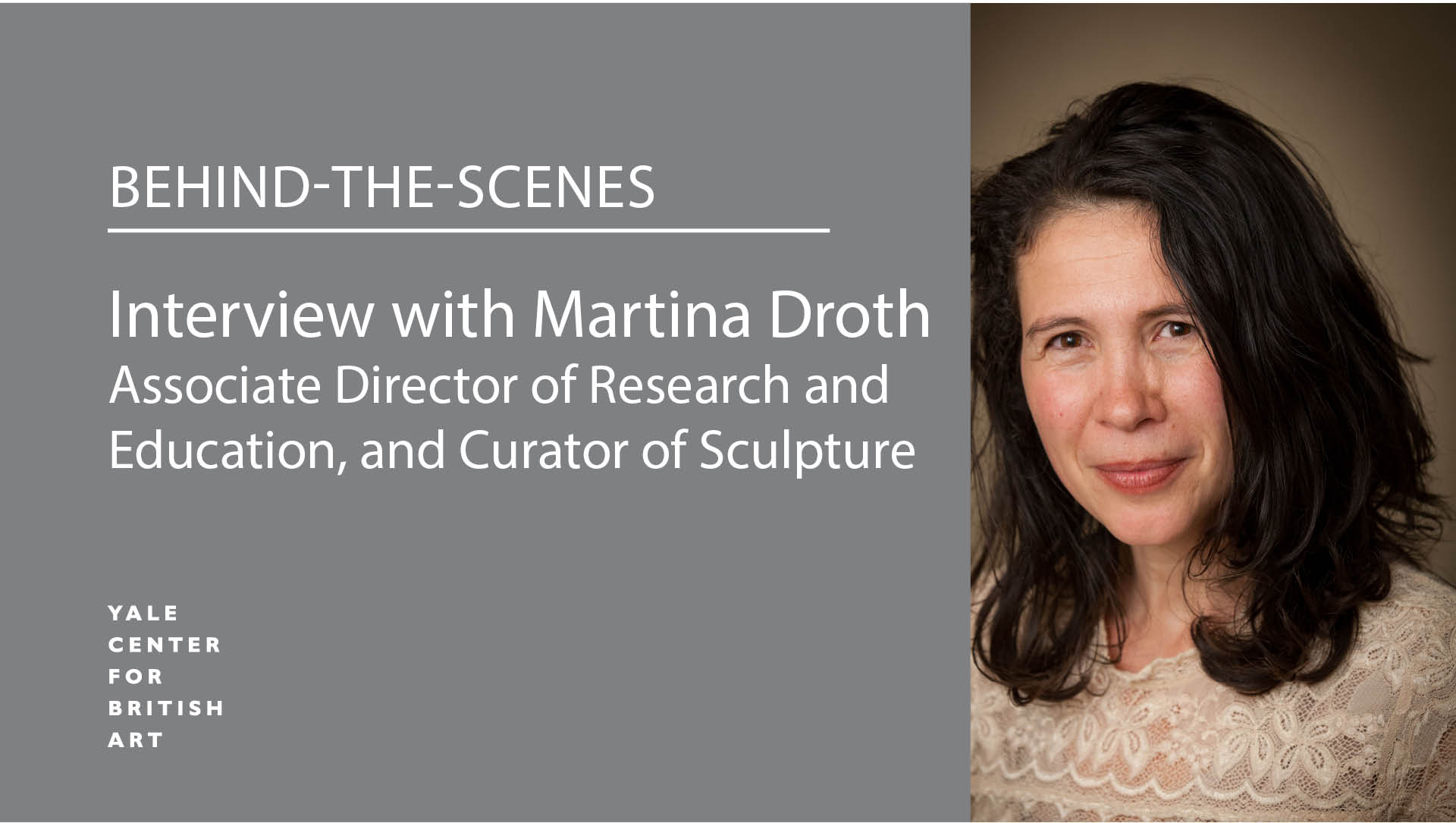This exhibition was the first of its kind to examine the making and viewing of sculpture in Britain and its empire during the reign of Queen Victoria (1837–1901). Sculpture Victorious sought to reveal not only sculpture’s inventiveness and ubiquity but also its cultural and political significance in the nineteenth century.
As Britain became the first urban and industrial modern nation in the Victorian era, it witnessed an efflorescence of sculpture on an unprecedented scale, with the development of new markets, new forms of patronage, and new sites for display. Public monuments were raised across Britain and its empire, while ambitious sculptural programs were commissioned for public institutions. Exhibition spectaculars, such as the Crystal Palace at Sydenham, brought thousands of sculptural objects before audiences of millions, while sculpted portraits of the monarch circulated the globe in the form of coins and medals.
Sculpture Victorious explored this extraordinary blossoming and examined the causes and structures behind it. Bringing together a rich array of works, including figures and reliefs in marble, bronze, silver, and wood, as well as gems, cameos, and porcelain objects, the exhibition highlighted the imagination of Victorian sculptors and manufacturers. Many of the objects had rarely, if ever, been seen by a wider public, and most had never before left the UK.
A generous grant from the Terra Foundation for American Art supported the loan of Hiram Powers’s Greek Slave (1847) from the Newark Museum. This exhibition offered a unique opportunity to reconsider this iconic work of American sculpture in the context of Victorian Britain, where it first made its reputation at the Great Exhibition of 1851. Juxtaposed with the Greek Slave was a statue by the British sculptor John Bell that was provocatively titled The American Slave and shown at the London International Exhibition of 1862. Made of bronze, and depicting an African woman awaiting transportation across the Atlantic, the work stood as a riposte to Powers’s white marble statue. The Terra Foundation kindly underwrote a scholar’s study day at the Center that explored these Anglo-American relationships in depth. The Foundation’s generosity also allowed visitors the rare chance to compare the Newark Museum’s version of the Greek Slave with Yale’s version, displayed in the American wing of the Yale University Art Gallery.
Interactive site
Explore the geography and a timeline of monuments to Queen Victoria online.
Credits
Sculpture Victorious: Art in an Age of Invention, 1837–1901 was co-organized by the Center and Tate Britain, where it opened in spring 2015. The exhibition was accompanied by a fully illustrated catalogue, published by the Center in association with Yale University Press. The curators were Martina Droth, Associate Director of Research and Curator of Sculpture at the Center; Jason Edwards, Professor of History of Art at the University of York; and Michael Hatt, Professor of History of Art at the University of Warwick. The organizing curator at Tate Britain was M. G. Sullivan, Curator, British Art 1750–1830. This project received important funding from the Terra Foundation for American Art and the Andrew W. Mellon Foundation.
Top image
Sculpture Victorious: Art in an Age of Invention, 1837–1901 installation, Yale Center for British Art, photo by Richard Caspole
Extended reading

Sculpture Victorious: Art in an Age of Invention, 1837–1901
Edited by Martina Droth, Jason Edwards, and Michael Hatt
